The Blue Economy: Unlocking Economic and Social Opportunities
The Blue Economy—defined as the sustainable use of ocean resources for economic growth, improved livelihoods, and ocean ecosystem health—offers transformative potential for global development. By integrating environmental stewardship with economic and social progress, it presents a pathway to create jobs, empower coastal communities, and enhance resilience against climate-related disruptions.
1. Job Creation in Green Marine Sectors
The Blue Economy is a significant driver of employment, particularly in emerging green marine sectors. Globally, ocean-based industries such as offshore renewable energy, sustainable aquaculture, and marine biotechnology are expanding rapidly. For instance, Los Angeles County's marine sector produced a record-high $15.7 billion in GDP in 2021, employing over 105,000 people, with sustainable blue economy industries poised for further growth.
In Europe, initiatives like the EU Blue Economy strategy emphasize innovation and the development of new sectors, including ocean energy and blue biotechnology, which offer significant potential for economic growth and job creation. These sectors not only provide employment opportunities but also contribute to the green transition by promoting sustainable practices and reducing environmental impacts.
What Is the EU Blue Economy Strategy?
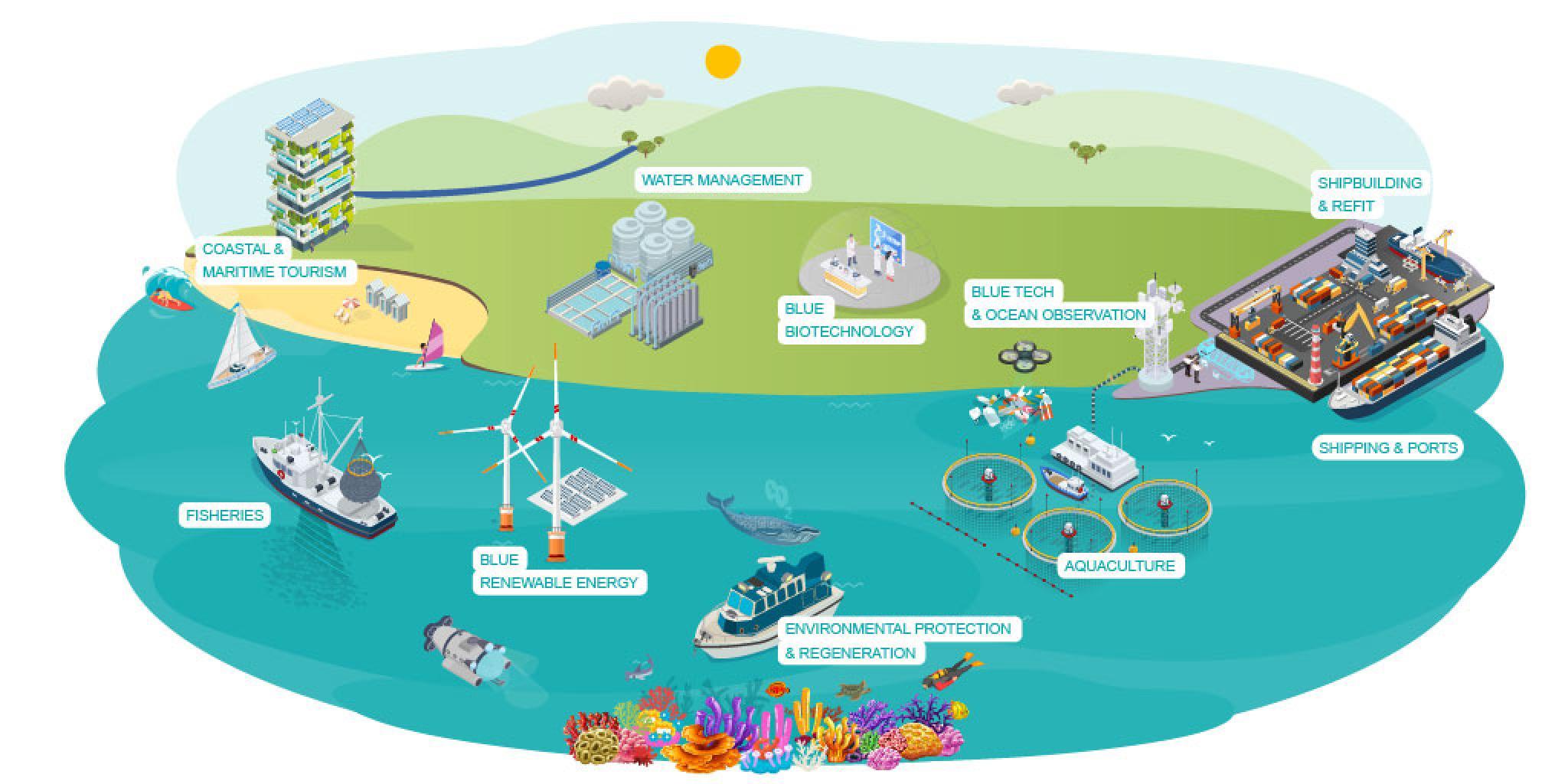
The 10 sectors from the blue economy analysed in the report. Source: oceans-and-fisheries.ec.europa.eu.
The European Union’s Blue Economy Strategy is a policy framework aimed at promoting sustainable economic activities related to oceans, seas, and coasts across Europe. It:
-
Promotes innovation and digitalization in marine sectors to reduce pollution and boost competitiveness.
-
Supports decarbonization of shipping and offshore energy systems.
-
Encourages circular economy principles in fishing and aquaculture.
-
Finances coastal resilience projects through the European Maritime, Fisheries and Aquaculture Fund (EMFAF).
-
Strengthens marine spatial planning to avoid conflicts between users and protect marine biodiversity.
Example Initiative: The EU’s “Mission Restore Our Ocean and Waters” supports Blue Economy projects through funding, research, and partnerships, aiming for carbon-neutral and pollution-free seas by 2030.
Moreover, the Blue Economy offers productive employment opportunities for youth from rural and lower-skilled backgrounds, even during off-seasons, providing a pathway for more inclusive growth. By investing in education and training programs focused on marine sciences and sustainable practices, countries can equip their workforce with the skills needed to thrive in these emerging sectors.
2. Empowerment of Coastal Communities and Small Island Nations
Coastal communities and Small Island Developing States (SIDS) are at the forefront of Blue Economy initiatives, leveraging their unique marine resources to foster sustainable development. Here are some examples:
1. Velondriake Locally Managed Marine Area (LMMA) – Madagascar
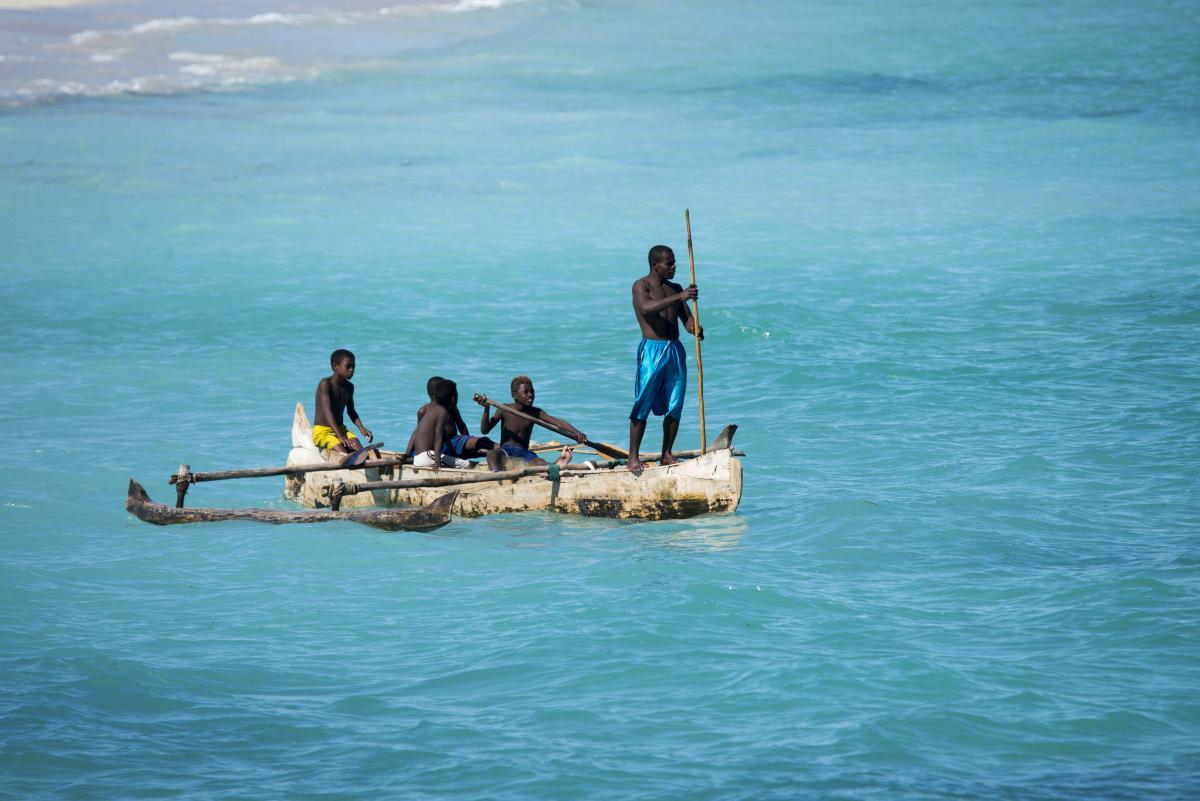
Velondriake Fishers (Source: Louise Jasper_Blue Ventures)
What is it?
The Velondriake LMMA is one of the largest community-managed marine areas in the Indian Ocean, covering over 640 square kilometers of marine habitat on Madagascar’s southwest coast. It was initiated by local fishing communities in partnership with NGOs like Blue Ventures in 2006.
What does it do?
-
Establishes no-take zones for octopus and reef fishing to allow stock recovery.
-
Promotes sustainable fisheries and community-based aquaculture (e.g., sea cucumber and seaweed farming).
-
Restores coral reefs and mangroves.
-
Provides alternative livelihoods and strengthens community governance.
-
Recognized as a model for locally-led marine conservation across Africa.
Learn more: blueventures.org/velondriake
2. Niue Nukutuluea Multiple-Use Marine Park – Niue
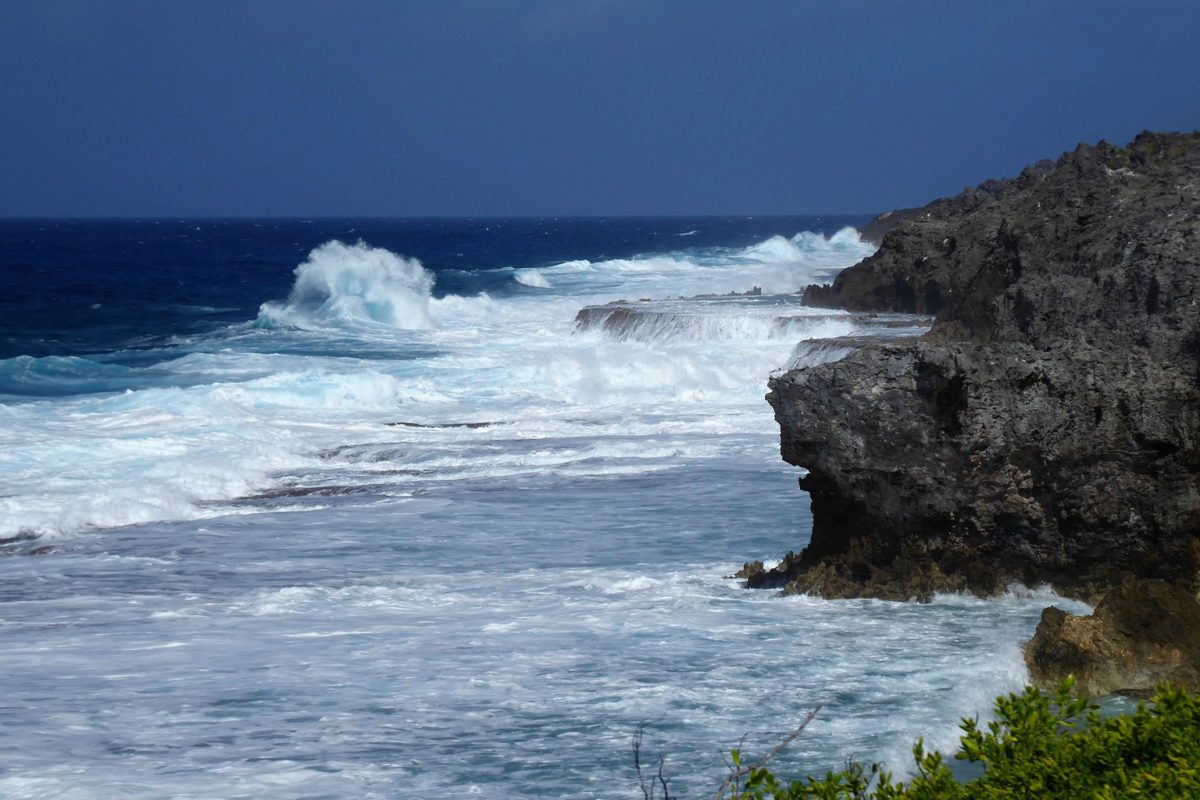
Anapala, the southern coast of Niue. (Source:Anthony Sowerby via Flickr_news.mongabay.com (CC BY-SA 2.0).
What is it?
Established in 2020, Niue’s Nukutuluea Marine Park protects 40% of the island nation's Exclusive Economic Zone (EEZ) — over 127,000 square kilometers of ocean. It is one of the world’s largest marine protected areas by percentage of EEZ. It demonstrates how small island nations can balance conservation with economic development. This initiative not only protects marine biodiversity but also promotes sustainable fisheries and eco-tourism, contributing to the nation's economy .
What does it do?
-
Uses a zoning approach: 39% is a no-take conservation area, while the remaining 1% allows sustainable use.
-
Protects endangered species and migratory corridors (e.g., whales, tuna).
-
Involves community consultation and customary marine tenure.
-
Builds eco-tourism, science partnerships, and education.
-
Supported by the Ocean Conservation Commitments and Blue Prosperity Coalition.
Learn more: niuemarinepark.nu
3. The Tuvalu Coastal Adaptation Project (TCAP) – Tuvalu
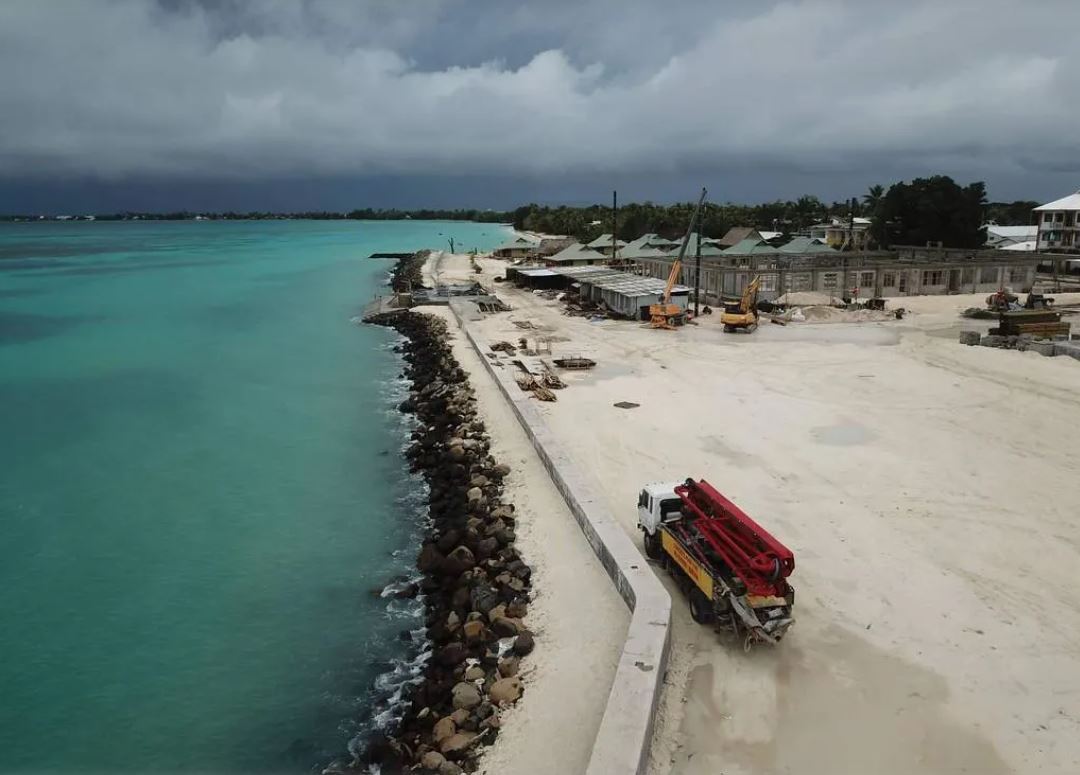
Tuvalu Coastal Adaptation Project (TCAP) - (Source: ocean-climate.org)
What is it?
Funded by the Green Climate Fund and implemented by UNDP, TCAP enhances coastal resilience to climate change in Tuvalu — one of the world’s most climate-vulnerable nations.
What does it do?
-
Constructs engineered sea walls, revetments, and eco-based defenses (like mangrove planting).
-
Protects infrastructure and communities from rising sea levels and erosion.
-
Builds local capacity in coastal zone management and disaster preparedness.
Learn more: undp.org/tuvalu-coastal-adaptation
4. Seychelles Blue Bond
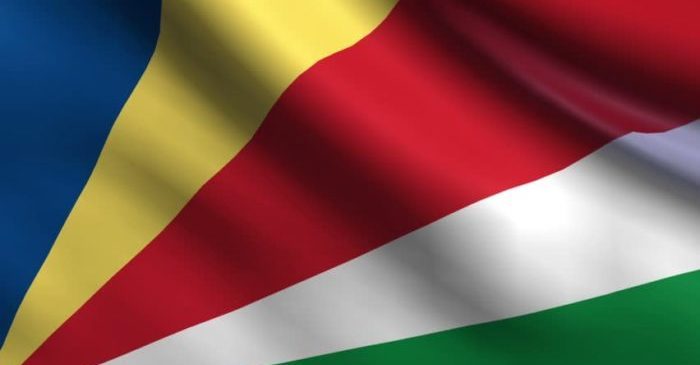
Seychelle flag - (Source: safety4sea.com)
What is it?
Launched in 2018, the Seychelles Blue Bond is the world’s first sovereign blue bond, developed with support from the World Bank and Global Environment Facility (GEF).
What does it do?
-
Raised $15 million to support marine conservation and sustainable fisheries.
-
Funds projects like marine protected areas, ecosystem-based fisheries management, and alternative livelihoods for artisanal fishers.
-
Demonstrates how financial innovation can support ocean health and economic sustainability.
Learn more: worldbank.org/seychelles-blue-bond
5. Mikoko Pamoja – Kenya
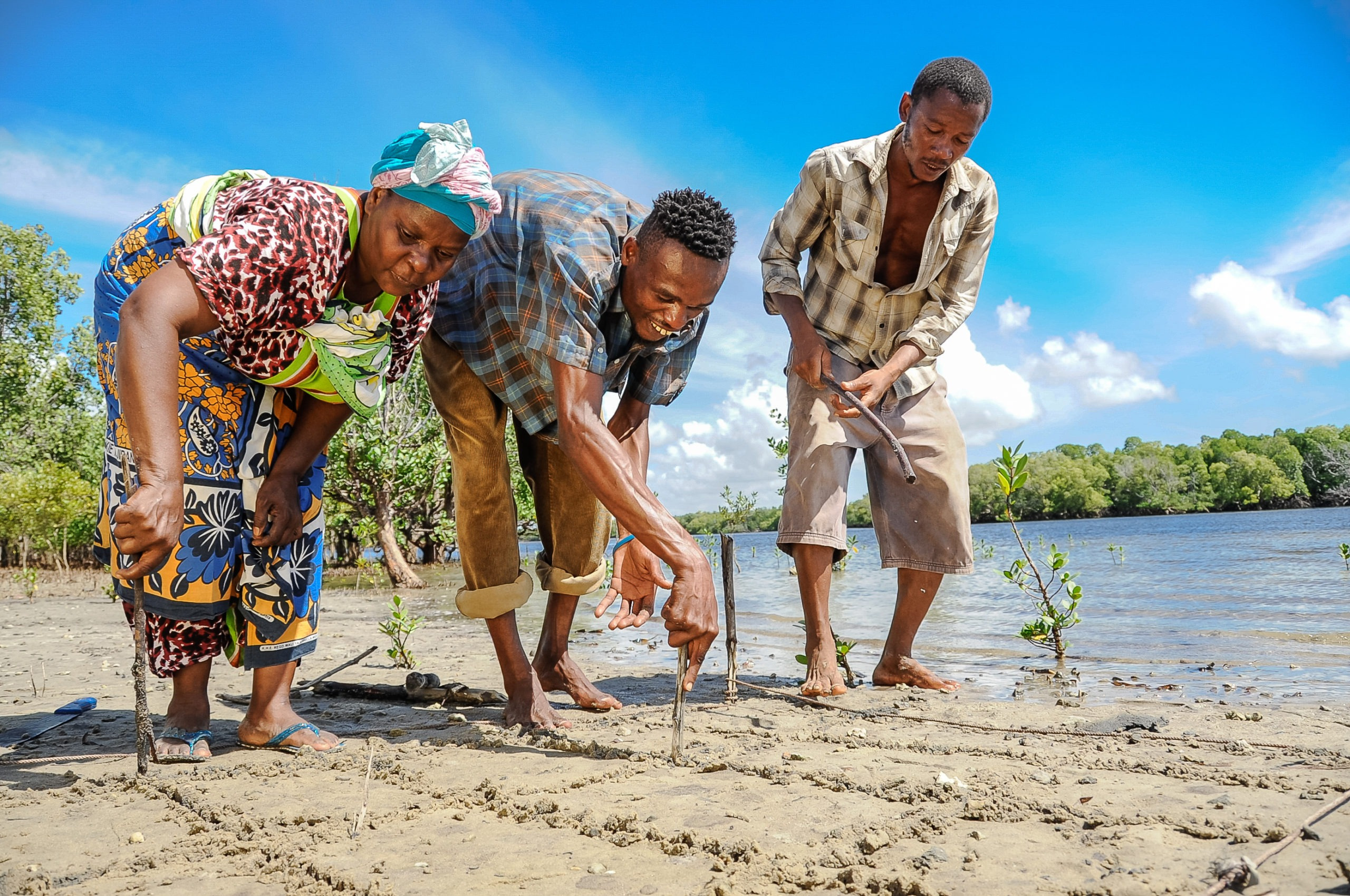
Mikoko Pamoja mission is to safeguard Kenya’s mangrove forests through community engagement and sustainable conservation practices (Source: mangrovealliance.org)
What is it?
Mikoko Pamoja (“Mangroves Together”) is the world’s first community-led blue carbon project, located in Gazi Bay, Kenya.
What does it do?
-
Conserves and reforests mangroves.
-
Sells carbon credits internationally to fund community development (schools, clean water).
-
Protects biodiversity and improves fish stocks.
Learn more: mikokopamoja.org
6. The Pacific Islands Ocean Observing System (PacIOOS)
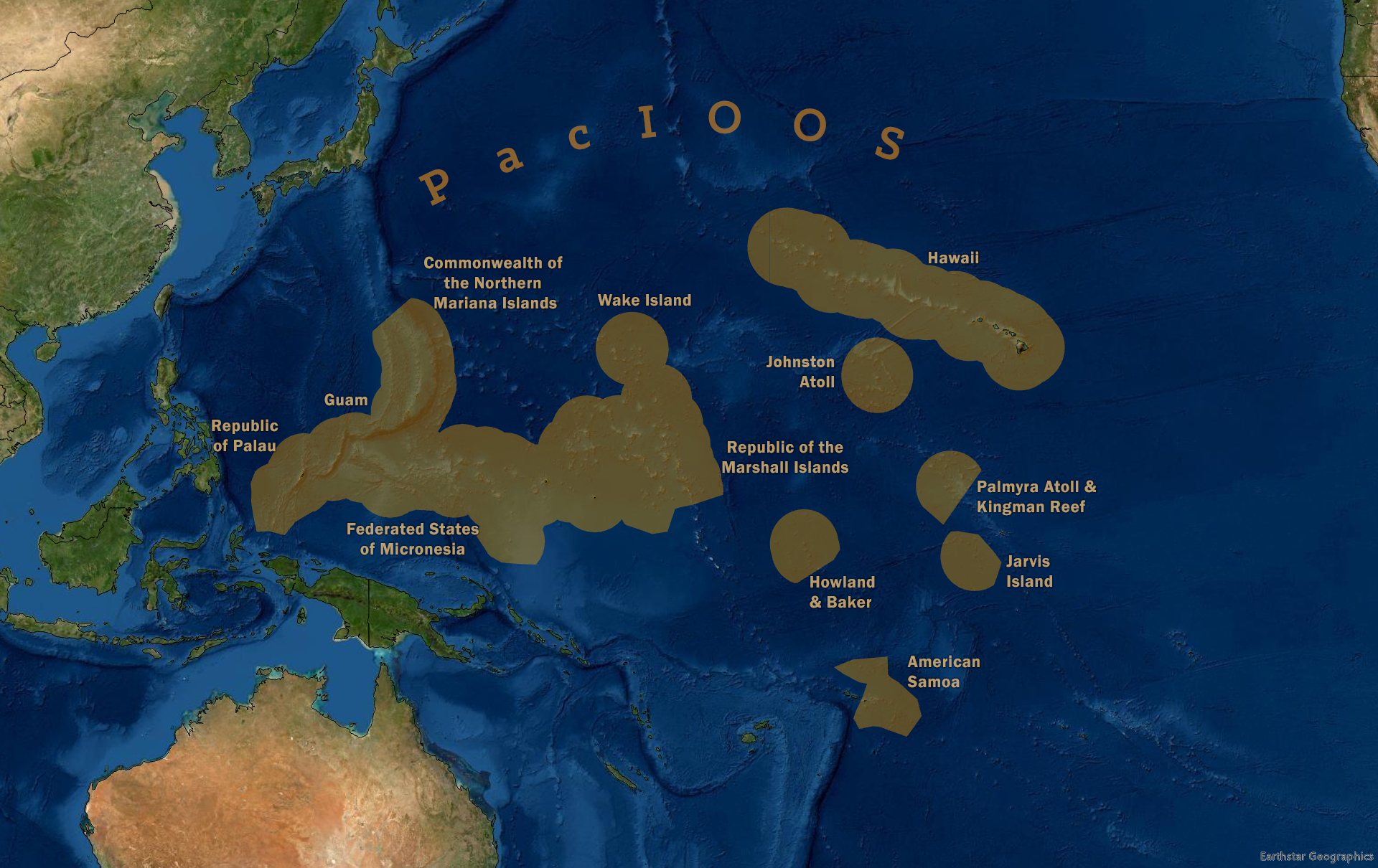
The Pacific Islands Ocean Observing System (PacIOOS) - (Source: ioos.noaa.gov)
What is it?
A regional initiative that gathers and disseminates real-time ocean data for Pacific Islands.
What does it do?
-
Supports climate resilience, disaster preparedness, and sustainable marine management.
-
Informs fisheries, marine spatial planning, and early warning systems.
Learn more: pacioos.hawaii.edu
7. Barbuda Blue Halo Initiative – Antigua and Barbuda
What is it?
A partnership between the government, local fishers, and NGOs, supported by the Waitt Institute.
What does it do?
-
Implemented zoning and no-take reserves across 33% of Barbuda’s coastal waters.
-
Restores coral reefs, sea grass beds, and fish populations.
-
Builds community education, science-based management, and enforcement capacity.
Learn more: waittinstitute.org/barbuda
8. Inter-American Development Bank (IDB) – Caribbean Blue Economy
What is it?
IDB supports a regional Blue Economy Strategy to create jobs (particularly through sustainable tourism and fisheries)and build resilience. By investing in community-based projects and providing access to financing, these regions can harness the Blue Economy to drive inclusive and sustainable growth.
What does it do?
-
Provides technical support and financing for marine spatial planning, sustainable fisheries, tourism, and ecosystem services.
-
Partners with countries like Barbados, Bahamas, and Belize.
-
Examples:
-
In Barbados: Supporting transition to electric ferries and sustainable marine transport.
-
In Bahamas: Funding mangrove restoration and reef insurance pilots.
-
In Belize: Promoting coastal zoning and climate-smart fisheries.
-
Learn more: iadb.org/blue-economy
9. Grenada’s Blue Innovation Institute (Under Development)
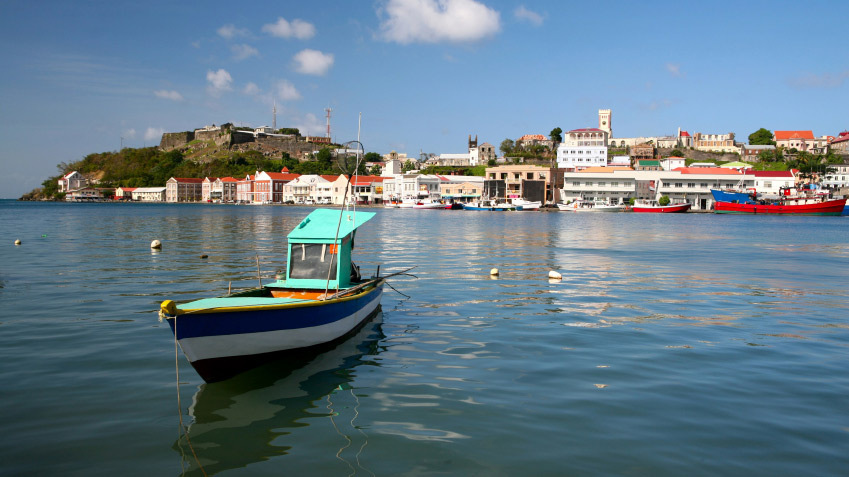
Grenada (Source: worldbank.org)
What is it?
A center for marine science, ocean governance, and blue innovation being developed with the support of the Commonwealth and partners.
What does it aim to do?
-
Offer technical training and education in Blue Economy sectors.
-
Serve as a hub for research, policy design, and innovation.
10. Pacific Adaptation to Climate Change and Resilience Building (PACRES)
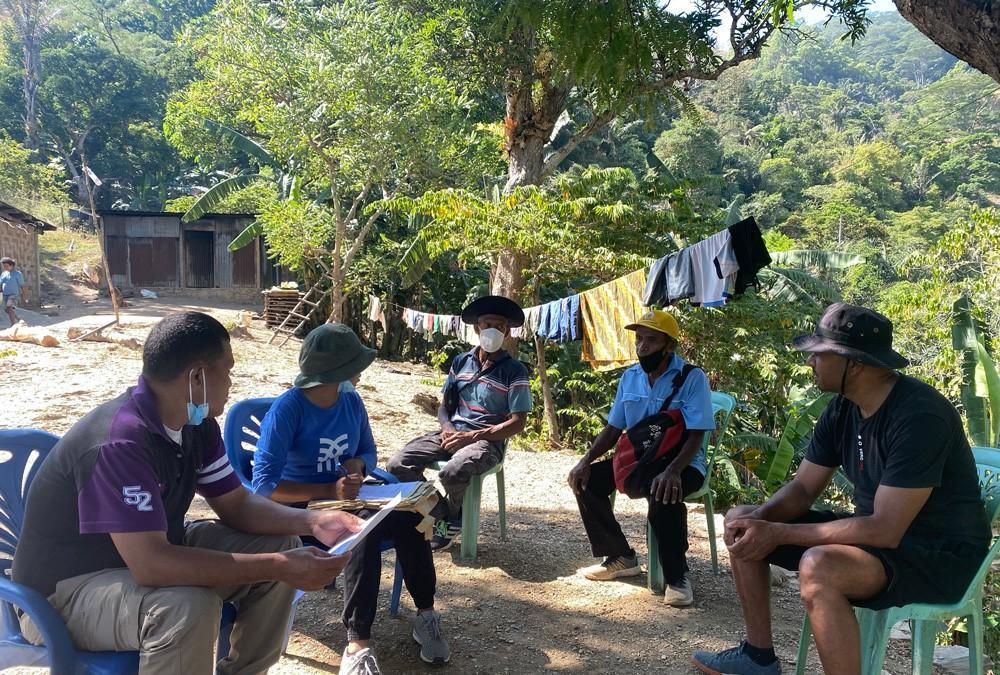
Pacific Adaptation to Climate Change and Resilience Building (PACRES) (Source:eeas.europa.eu)
What is it?
A European Union-funded project supporting Pacific Island countries in climate resilience through ocean-based strategies.
What does it do?
-
Strengthens integrated coastal management, disaster risk reduction, and climate policy.
-
Supports marine conservation and sustainable livelihoods.
Learn more: sprep.org
3. Resilience Against Climate-Related Economic Disruptions
The Blue Economy plays a crucial role in enhancing resilience against climate-related economic disruptions, particularly for vulnerable coastal and island communities. In Tuvalu, the Tuvalu Coastal Adaptation Project (TCAP) focuses on constructing coastal protection infrastructure to defend against sea-level rise and storm surges, safeguarding communities and their livelihoods .
Financial instruments like the Seychelles Blue Bond exemplify innovative approaches to funding climate resilience. This sovereign bond raised $15 million to support marine conservation, sustainable fisheries, and the development of climate-resilient coastal communities, setting a precedent for other nations to follow .
Moreover, the integration of traditional knowledge with modern science in Pacific Island nations enhances adaptive capacity. Communities are leading climate adaptation efforts through initiatives like mangrove planting, coral reef restoration, and sustainable ocean governance, demonstrating the effectiveness of locally driven solutions.
Integrating Traditional Knowledge with Modern Science
Pacific Islanders possess a rich heritage of environmental stewardship, utilizing Indigenous Knowledge (IK) to predict weather patterns, manage ecosystems, and sustain livelihoods. By combining IK with scientific research, communities develop robust adaptation strategies.
Examples:
-
Tuvalu: Youth groups plant mangroves as natural barriers against rising tides, a practice rooted in ancestral knowledge that also supports marine biodiversity.
-
Fiji: On Leleuvia Island, locals collaborate with scientists to cultivate heat-resistant coral species, restoring damaged reefs and preserving marine life.
-
Palau: The nation has established the world's first national shark sanctuary, integrating traditional conservation practices with modern marine protections.
-
Cook Islands: The Marae Moana ocean governance framework blends Indigenous wisdom with scientific approaches to manage vast marine areas sustainably.
Role of Local Communities in Climate Adaptation
Local communities are central to climate adaptation efforts, leveraging their intimate knowledge of the environment to implement effective strategies.
Examples:
- Vanuatu: The Women I TokTok Tugeta (WITTT) network empowers over 5,000 women to lead disaster preparedness initiatives, including early warning systems and resilience gardening.
- Tuvalu: The Falekaupule, traditional assemblies of elders, play a pivotal role in decision-making processes related to climate adaptation, ensuring that cultural practices inform modern strategies
Resilience Against Climate-Related Economic Disruptions
Integrating traditional knowledge with scientific methods enhances the capacity of Pacific Island communities to withstand economic challenges posed by climate change.
Examples:
-
Tuvalu Coastal Adaptation Project (TCAP): This initiative constructs coastal protection infrastructure, such as sea walls and land reclamation, informed by both scientific data and traditional insights to safeguard communities from sea-level rise.
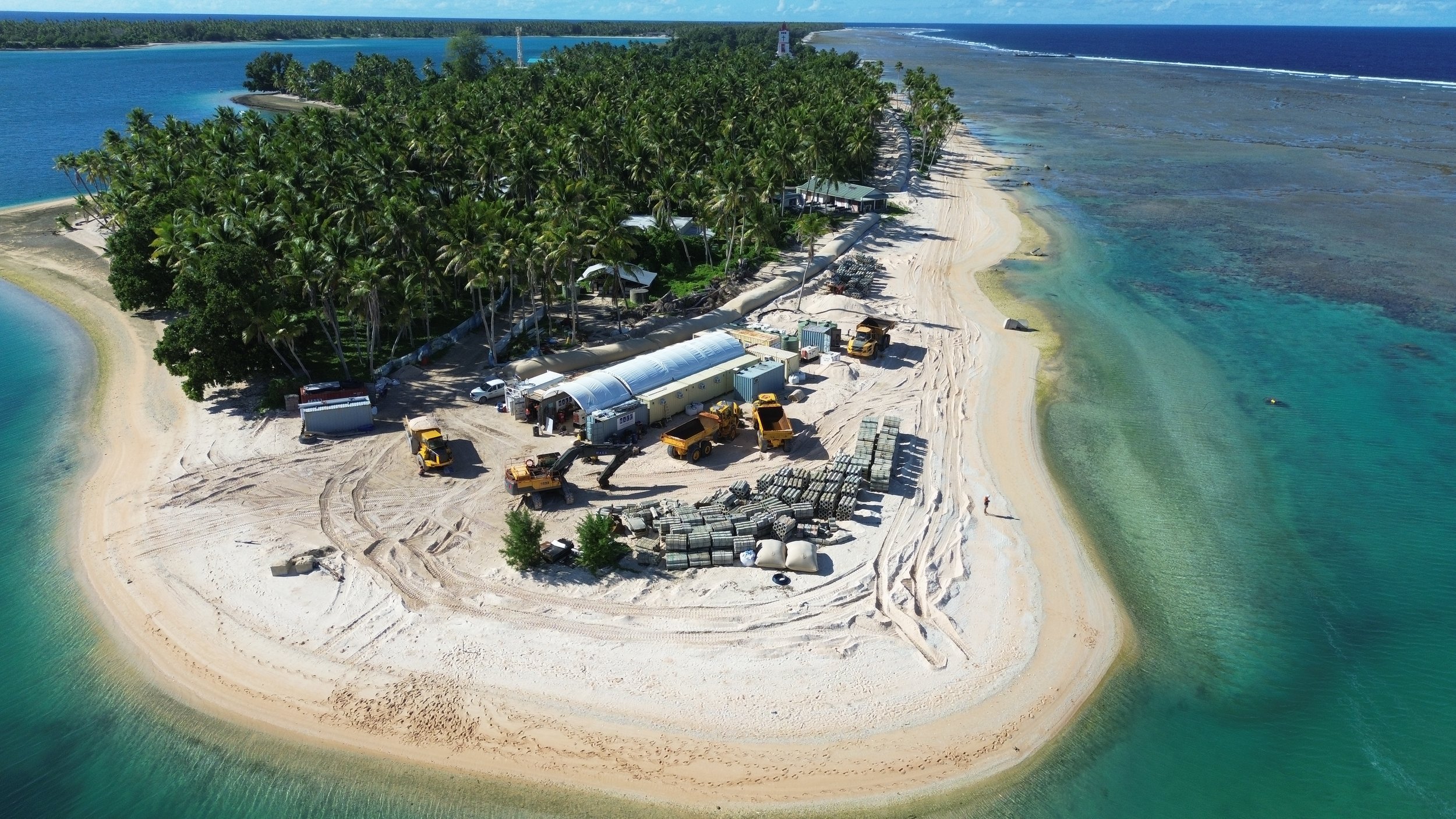
Source: tcap.tv
-
Kiribati Adaptation Program (KAP): Aims to reduce vulnerability to climate change through measures like mangrove reforestation and water resource management, combining local practices with scientific planning.
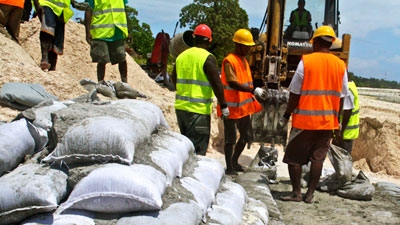
Source:worldbank.org
-
Marshall Islands Seawall Project: A $70 million project constructs a 1.8 km seawall to protect against rising sea levels, integrating community input with engineering solutions.
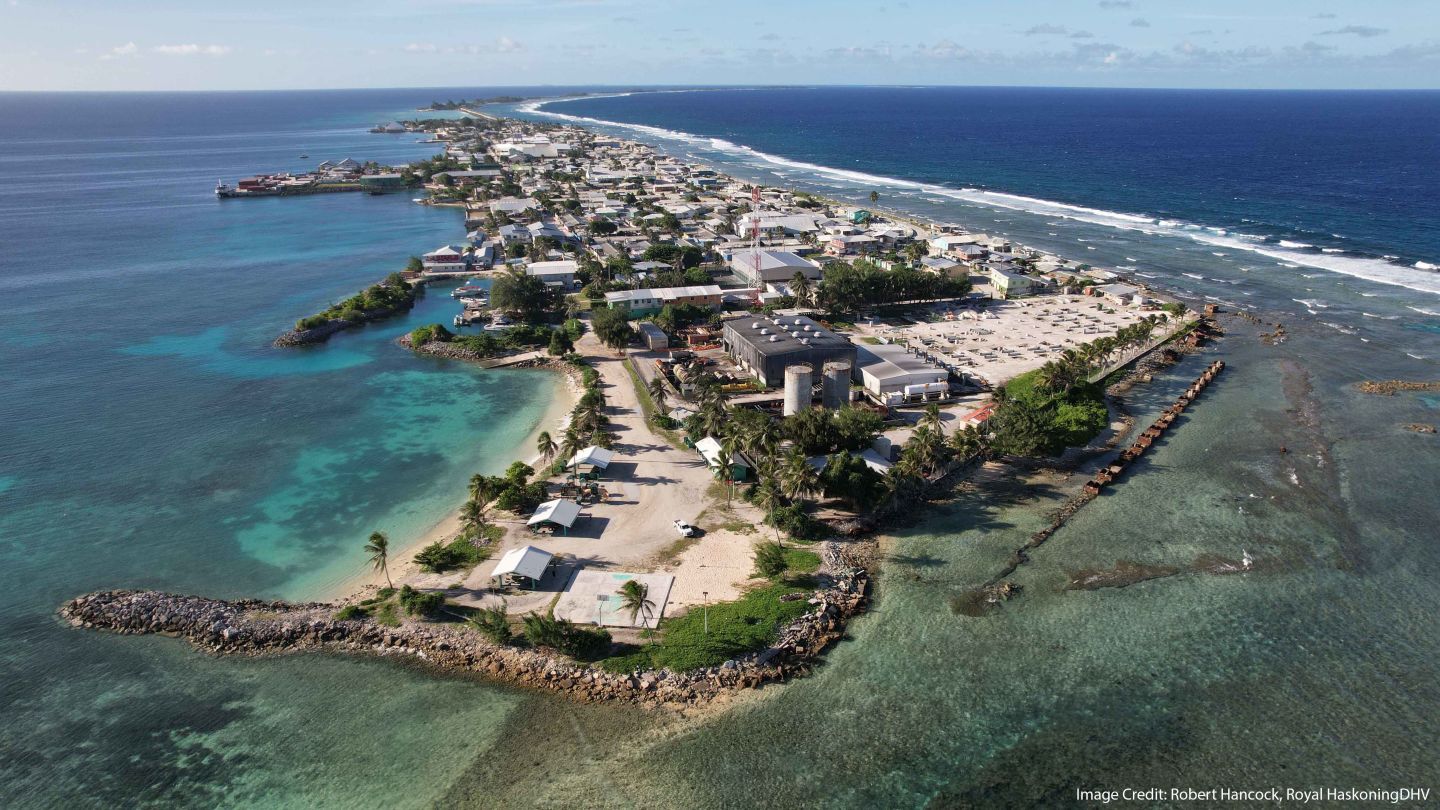
Constructing a new seawall in the Republic of the Marshall Islands (Robert Hancock Royal AskoningDHV)
Conclusion
The Blue Economy offers a holistic framework for achieving sustainable development, balancing economic growth with environmental conservation and social inclusion. By investing in green marine sectors, empowering coastal communities, and enhancing resilience to climate change, nations can unlock the vast potential of their ocean resources. Collaborative efforts, innovative financing, and inclusive policies are essential to realizing the promise of the Blue Economy and ensuring a sustainable future for all.
Featured Posts
Blog Topics
Urban environment & Public spaces
Stay updated with the latest articles and insights from The Landscape Lab. Here, you will find valuable information and engaging content.
Waterfront & Coastal Resilience
Stay updated with the latest articles and insights from The Landscape Lab. Here, you will find valuable information and engaging content.
Captivating Photography
Stay updated with the latest articles and insights from The Landscape Lab. Here, you will find valuable information and engaging content.
Why Read The Landscape Lab Blog?
The way we design and interact with landscapes is more important than ever. As cities expand, coastlines shift, and climate change reshapes our world, the choices we make about land, water, and urban spaces have lasting impacts. The Landscape Lab Blog is here to spark fresh conversations, challenge conventional thinking, and inspire new approaches to sustainable and resilient design.
If you’re a landscape architect, urban planner, environmentalist, or simply someone who cares about how our surroundings shape our lives, this blog offers insights that matter. We explore the intersections between nature and the built environment, diving into real-world examples of cities adapting to rising sea levels, innovative waterfront designs, and the revival of native ecosystems. We look at how landscapes can work with nature rather than against it, ensuring long-term sustainability and biodiversity.
By reading The Landscape Lab, you'll gain a deeper understanding of the evolving field of landscape design—from rewilding initiatives to regenerative urban planning. Whether it’s uncovering the forgotten history of resilient landscapes, analyzing groundbreaking projects, or discussing the future of green infrastructure, this blog provides a space for learning, inspiration, and meaningful dialogue.
Location:
The Landscape Lab
123 Greenway Drive
Garden City
NY 12345
United Kingdom
Contact Number:
Get in Touch:
contact@thelandscapelab.co.uk
© 2025 thelandscapelab.co.uk - Your go-to blog for landscaping insights
